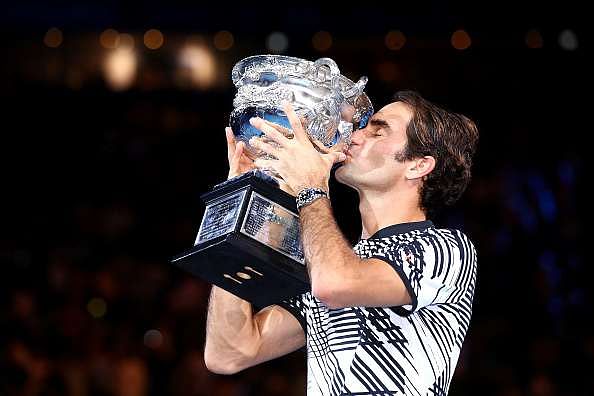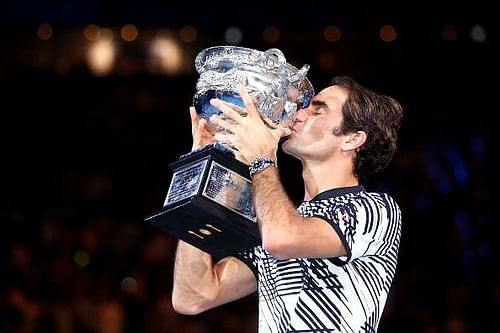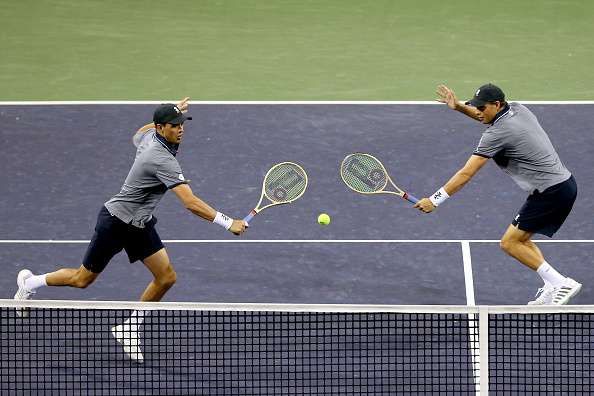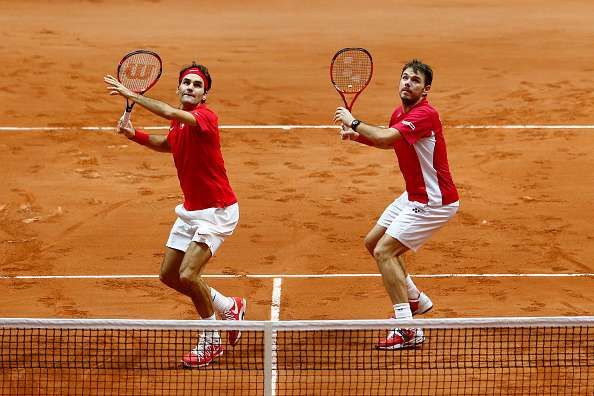
How Roger Federer can win another 18 Grand Slams
Whenever Roger Federer speaks these days, people look for hints, reading between the lines to determine when he thinks he will quit. When players are young, their careers seem never-ending but Federer’s time on court now approaches dusk.
No one knows for how much longer the light will last and his fans definitely don’t want him to leave. They line up the practice courts and follow him wherever he goes. His family is royalty in their eyes and they remember more nuggets about his performances than their own lives.
For his part, too, Federer still has the hunger and the desire to compete at the highest levels of tennis. However, even though his style is perhaps the least physically stressful amongst the top players, his body shows the scars from years of competition.
He proved in the Australian Open that he is still better than anyone else when at his best, but on some days he can’t quite hit his mark. If his heart still desires it but his body can’t keep up, what can he do to add to his longevity and his legacy? There is one answer that comes to mind. Play doubles.
Doubles is tennis’ neglected step-child
The doubles game, over the past few decades, has become the second tier of tennis, especially in the men’s game. In the first few years of his career, every player faces a decision. If he has a decent volley and can serve himself out of trouble, he has to ask whether he believes he can become a top-50 singles player. Any doubts that maysurface point towards a different path.
For anyone following tennis, it is clear that the best doubles players these days will likely be unable to hold their own consistently in a singles match. Compare the recent doubles Grand Slam winners to Federer at his peak and their abilities come not even close to being his equal. It’s a lower level of competition.
But it wasn’t always like this. Rod Laver and other top players of his time were regular faces on the doubles court. John McEnroe and Jimmy Connors both won Grand Slam doubles titles at the helm of their careers and even Stefan Edberg, Federer’s former coach, is a former doubles world number one.
Every single one of those players was also a singles number one.
However, the sport has grown to become very gruelling physically and the calendar is more crowded now than ever before. Both the prize money at stake and the stature of achievement are currently much higher in singles than in doubles, resulting in the best players naturally choosing the former.
ATP has allowed the doubles game to be neglected like a disliked step-child, not promoting its uniquely exciting possibilities, and most spectators in the stadium these days consider doubles matches to be break periods when they can step out for food and drinks.
A natural fit for Federer
Ask the top singles players and most would say they enjoy playing doubles. Whenever the scheduling gives them the opportunity, for example, at the BNP Paribas Open in Indian Wells, they find a partner and get on court. The challenge it poses is special and there is no feeling more wonderful than winning a lightning exchange of volleys with all four players at the net.
Federer, in particular, has natural abilities well-suited for doubles. He effortlessly finds the corners on serves, volleys with the deftest of touches and can see angles on a court that are invisible to his opponents. Imagine him pulling off his ‘SABR’ (the Sneak Attack by Roger) and rushing up. How deadly would his backhand slice be when there’s a partner on the net ready to pounce on the opponent’s return?
His body may soon rebel against the rugged grind of professional tennis but the doubles game is less strenuous and it would be a great option for him to maintain his association with the sport he so dearly loves. He would get any partner he desires. Who wouldn’t want to play with Federer on their side?
His past record proves that he would have no trouble adapting to the slight differences between the formats. His only Olympics gold medal came in the doubles event at Beijing in 2008 when he partnered Stan Wawrinka for Switzerland. In the Davis Cup finals, playing with Wawrinka again, he was invincible in the doubles match as he took his team to victory in 2014.
Martina Navratilova won her last mixed-doubles Grand Slam title in 2006, a full sixteen years after she won her last singles Slam. She was almost fifty years old. Federer, with a young family, may not want play for that long but he would definitely have a chance to win many more titles in doubles after he has satisfied himself on a singles court. He has also recently said he would like to play for the next “four, five years,” – so he could well make that a reality.
He could be charging to the net, delighting spectators with his repertoire of impossible shots. The stands would be choc-a-bloc with fans. People would watch and enjoy the doubles game again, perhaps even staying on for other matches after Federer has left.
The sport needs its greatest personalities to venture into the doubles arena and if any man can single-handedly pull the crowds in, it is Roger Federer. He can create magic with a tennis racket. A record breaking stint in doubles could easily be another trick he has tucked up his sleeve.


